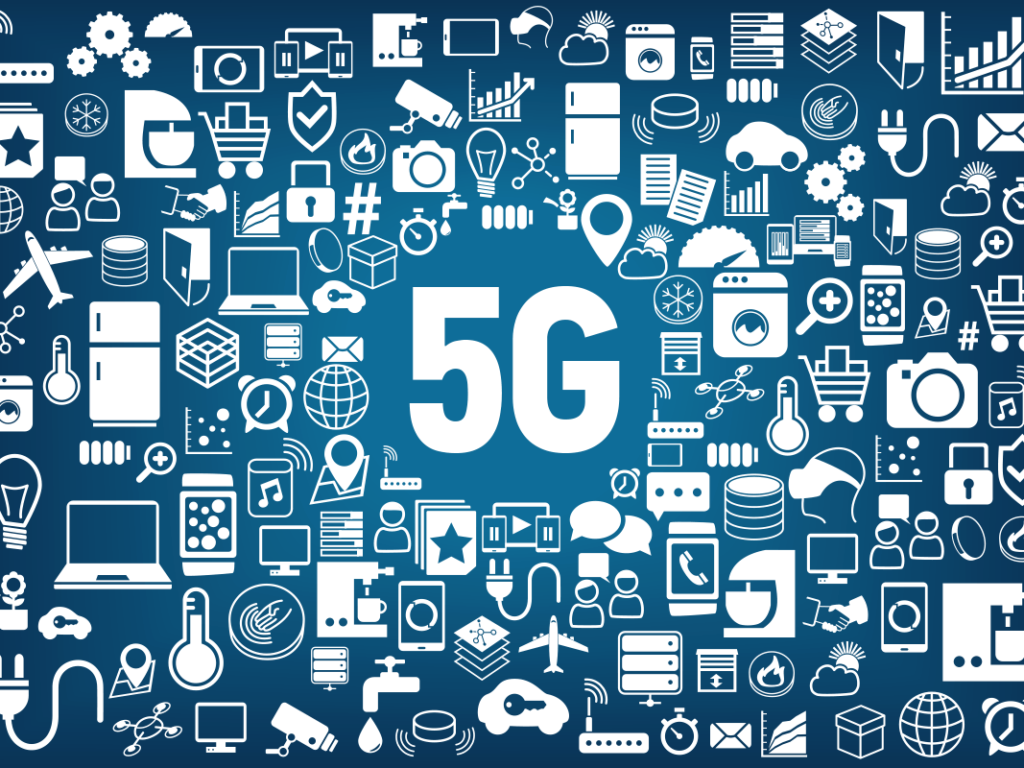This is a guest post from ATA advisory board member Chelsea Collier. It is cross-posted on Austin Startups.
Sometimes saying, “I told you so” feels smugly satisfying. This is not one of those times.
This week KXAN ran a story titled “Key players warn Austin is being left behind in 5G future.” If this issue sounds familiar it’s because you may have read about it here and here and even as far back as 2016.
The City of Austin lags behind every single major metro in the state when it comes to granting applications for small cell site permits. (Small cells are briefcase-sized technology that attach to light poles or buildings to boost mobile broadband connectivity.) To put it in context, Houston has 548, Dallas has 288, San Antonio has 66. Austin has two. You read that right. Two.
The ramifications that this has for Austin’s future is terrifying. We are willingly losing the race for innovation.
Here’s what I mean. The number connected devices (also known as the Internet of Things or IoT) will almost double in a few short years. Today there are 30 billion devices and that number will explode to 50 billion by 2020. To power all of this, we will need 7 times the mobile broadband power than what we have today. Small cells are the key to this puzzle.
The City of Austin blames the lack of small cell permits issued on others, making this a state versus local fight. Last year state lawmakers passed SB1004, which creates statewide standards for small cell deployment, which is an economic imperative. But Austin doesn’t like this and says the state shouldn’t dictate how a city enforces its rights of way or what it can charge.
This is the same kind of egotistical, shortsighted view that landed the city in the ride sharing war of 2016. Because the city demanded special exceptions from the private sector, they ended up chasing those companies out of town. (Thanks to consumer demand, they eventually reworked the regulation and joined the rest of the developed world in allowing companies like Uber and Lyft to operate.)
This “you can’t tell us what to do” whining is now putting Austin at the bottom of the list when it comes to smart city technology deployment. A smart city uses connected technology to optimize a city’s operations, improve quality of life and increase economic development. Cities all across the country — like Kansas City and San Diego — are realizing the benefits. Sadly Austin isn’t even close.
I’m embarrassed that my home, which is such a cool, unique and beloved city, is a national example of bureaucratic red tape. It’s time to take a reality check, Austin. Stop spinning the raw facts. You are not prepared for a tech-enabled future.
Austin’s challenges are starting to out weigh its shine. Traffic is abysmal. The cost of living is through the roof. It is getting harder and harder for the people who make this town what it is to live here. Just ask Amy Simmons, the creator of Amy’s Ice Cream who recently relocated to Smithville. In an Austin American Statesman article she mentioned, “I’m kind of done with Austin. I’ve fought with that city for so many years.” Even Austin’s most celebrated are packing up and getting out.
There is still time to fix this. I love this city and I’m bringing up these challenges to help move us all forward in a constructive way. On the connectivity issue, this checklist is designed to help. Let’s all work together and be a community that is special, unique AND willing to be collaborative and invest in our future success. Anything else is just not smart.

